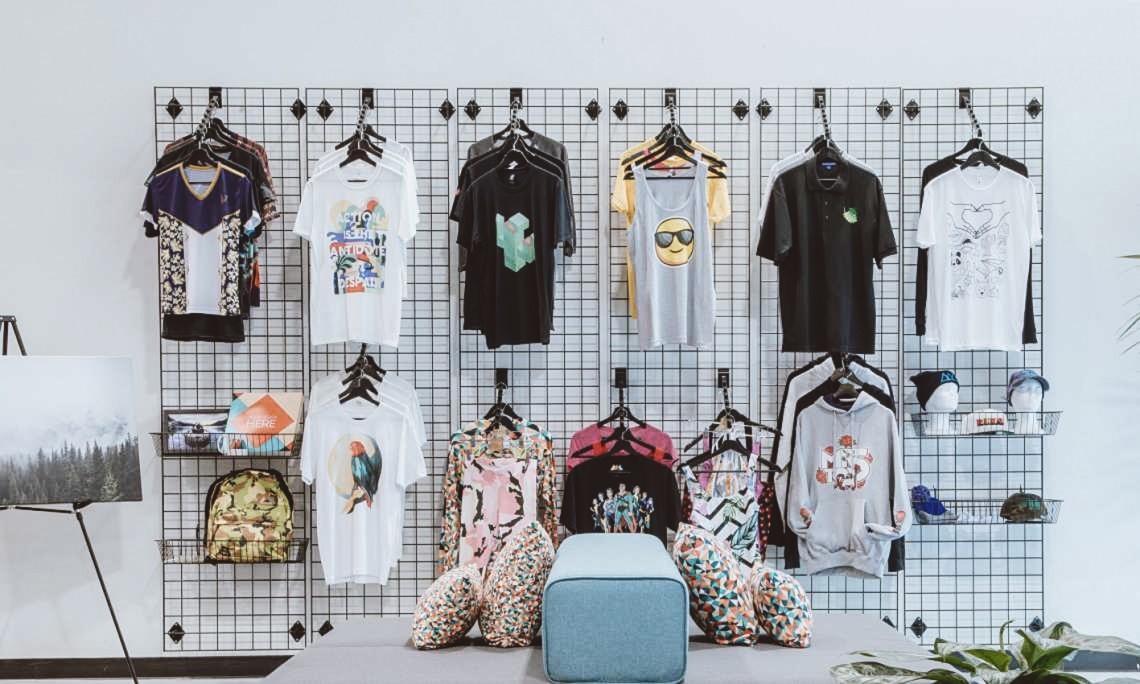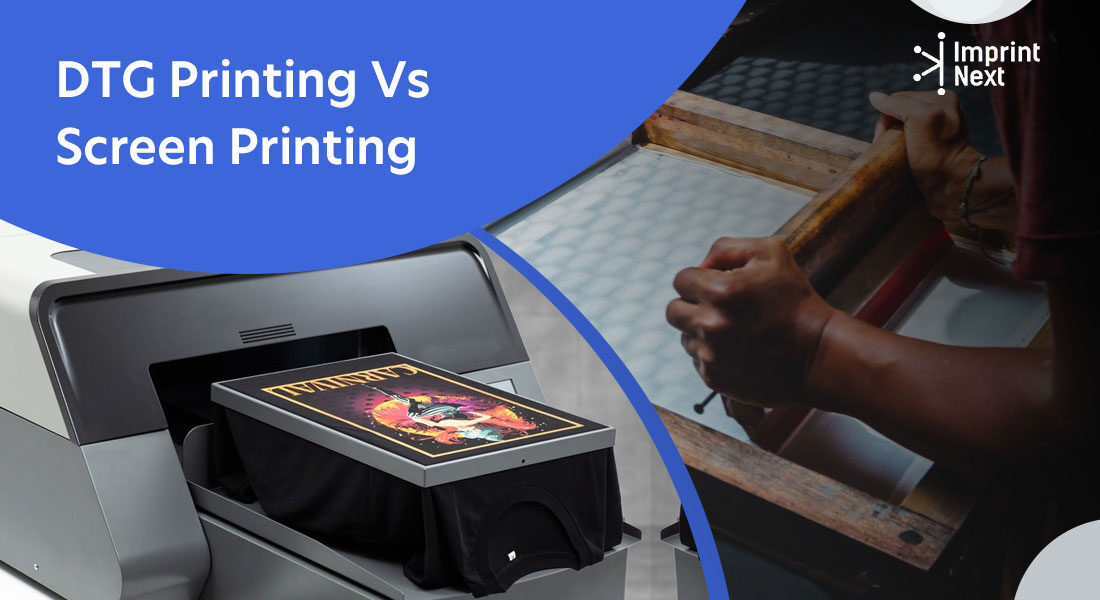Excitement About Tx Tees
Excitement About Tx Tees
Blog Article
All About Tx Tees
Table of Contents5 Easy Facts About Tx Tees DescribedTop Guidelines Of Tx TeesAll About Tx TeesSome Known Facts About Tx Tees.Getting My Tx Tees To Work3 Easy Facts About Tx Tees ExplainedThe Best Guide To Tx Tees
Add up various other expenses, like the number of energies it takes to run the store and the cost of ink and emulsion per layout. Take the print below.The emulsion must only be a couple of cents since you 'd only require to coat one screen for this job. Exactly how much should you bill per t-shirt to make a revenue? Typically, printers attempt to make up to 45% profit on a print work. Right here's a table to aid you figure out that: complete price per product percent of wanted revenue as a decimal (example:.25 or.45) earnings made per product per work Currently let's talk concerning the productivity of DTF.

With DTF, you can publish a handful of t shirts, or just one. Make use of the very same calculator as the area above to determine just how much earnings you 'd use DTF transfers. Contrast the prices and revenues to whichever method talks best to your configuration and process. Both screen printing and DTF have their particular niches in the globe.
Rumored Buzz on Tx Tees
The most effective means to know? Ask around and see what print stores like your own are doing. custom monograming. Attempt both out and see which you like much better
When you're selecting what kind of printing technique to make use of for printing your artwork designs on your garments, it is essential that you recognize the differences between these two methods so you can maximize results while minimizing prices. Screen printing is one of the most generally used method for printing styles on fabrics.
DTG printing is additionally called spot or direct to garment printing since it prints just what is needed instead of making a display as screen printers do. https://justpaste.it/dlwli. Screen printing functions by screen filler squeegee display printing ink display mesh display, after that transferring the picture to garment using warm and/or stress
The DTG printer utilizes special dye-sublimation inks that are used into a pre-designed photo by an electronic printing system. The inks enter into the fabric, permitting dynamic shades and extraordinary detail. It's likewise called spot or straight to garment printing since it prints only what is needed rather than making a display as display printers do.
Some Known Details About Tx Tees
Initially, it's much quicker - you can print a fullcolor photo in minutes, as opposed to hours for screen printing. Second, there's no established up time or prices involved - you can publish any style you like, without having to produce a display. Third, there's no waste - due to the fact that screen printers screen print one design each time, they have to screen each shade separately.
The paper is really pricey and can just be used once. Once it's printed on, it needs to be thrown out. - The preliminary acquisition price is reduced than the ahead of time financial investment of DTG printers- You can print multi-color layouts one display each time as opposed to needing to print each color individually like DTG printing.

The Best Strategy To Use For Tx Tees
Rather of making use of screen mesh as display printers do, color sublimation printers utilize laser modern technology to move your pictures onto garments or paper. A heat process moves the dye from its solid-state straight right into the gas phase which consequently integrates it onto material substratums when they are rapidly heated to high temperature levels under high stress.
Sublimation printing is environment-friendly. It uses much less water than screenprinting, and because it does not involve making use of dangerous solvents, it's risk-free for all kinds of clothing. The color sublimation inks are additionally odorless when treated, unlike screen printers that use dangerous chemicals during the display printing process that leave an unpleasant odor.
They additionally conserve cash on pricey equipment like exposure units considering that color sublimation printers do not need a UV direct exposure unit or a flash treatment stove that is normally made use of in display printing (screen printer). What is straight to garment printing (DTG Printing)? DTG printing is an electronic screenprinting procedure that publishes straight onto fabric utilizing specialized inkjet printers
The Buzz on Tx Tees
DTG printing provides many advantages over typical screenprinting, including the capability to publish photographic top quality images, higher color vibrancy, and the capability to publish styles on darker fabrics. DTG printers work by heating the textile ink till it develops into a gas. The gas after that permeates the textile, bonding with the fibers to produce an irreversible print.

Display printers merely prepare their display after that start printing till they run out of product or ink.- There is a wide variety of seasoned screen printers around the globe, which can be useful for newbies. - It's a slower procedure - screen printers commonly need to wait for the ink to completely dry before they can publish the following color- Screen printers call for manual labor, so there's a greater discovering curve and it takes longer to create a premium style- Screen printing isn't as exact as DTG printing, so you might get some "blood loss" of colors from one part of the photo onto one more if not done properly.
Things about Tx Tees
Rather of making use of display mesh as display printers do, dye sublimation printers use laser innovation to transfer your images onto garments her explanation or paper. A heat procedure moves the color from its solid-state straight right into the gas stage which consequently integrates it onto textile substrates when they are rapidly heated up to heats under high pressure.
Sublimation printing is environment-friendly. It makes use of much less water than screenprinting, and since it does not involve the usage of damaging solvents, it's secure for all kinds of garments. The dye sublimation inks are additionally odor-free when treated, unlike display printers that use unsafe chemicals during the screen printing procedure that leave behind an unpleasant odor.
They likewise save money on expensive tools like direct exposure devices since dye sublimation printers do not call for a UV direct exposure device or a flash cure oven that is normally made use of in display printing. What is straight to garment printing (DTG Printing)? DTG printing is a digital screenprinting process that prints straight onto material using specialized inkjet printers.
Examine This Report on Tx Tees
DTG printing provides many benefits over standard screenprinting, including the ability to print photographic top quality images, greater color vibrancy, and the capacity to print layouts on darker textiles. DTG printers work by heating up the textile ink till it transforms right into a gas. The gas after that penetrates the fabric, bonding with the fibers to produce a long-term print.
Report this page